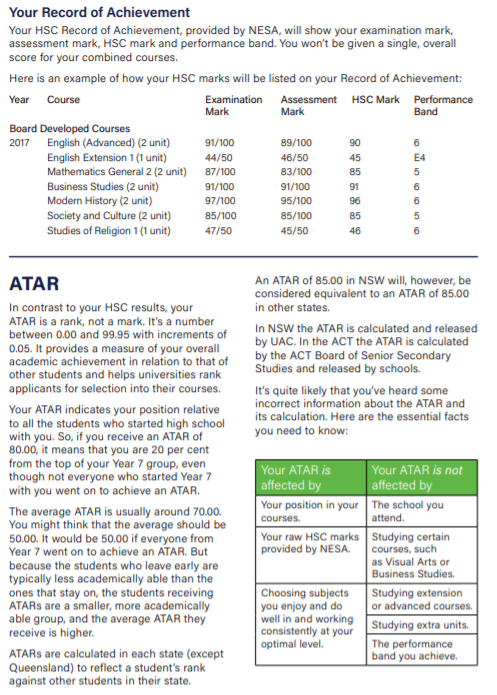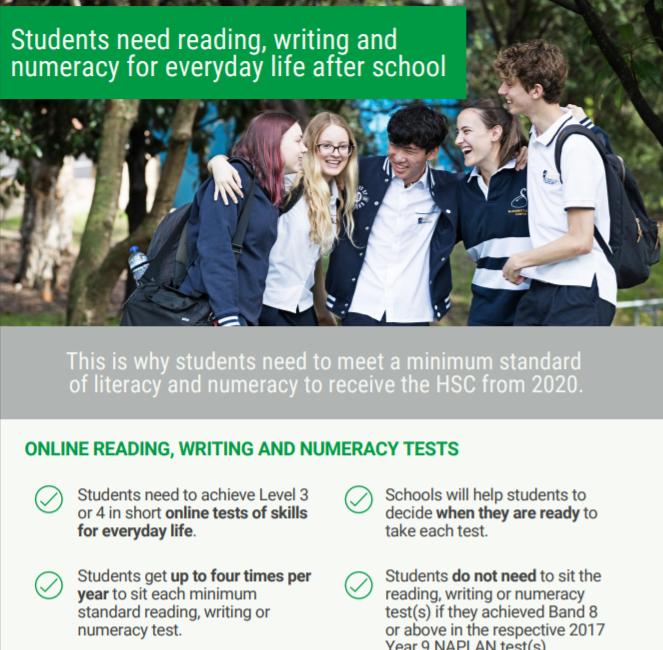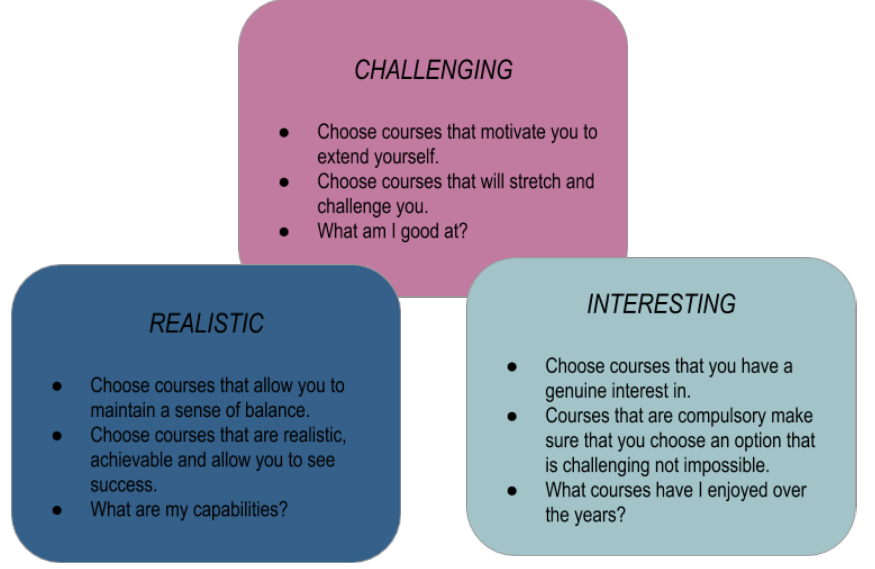This is an important time for a young person in deciding what the final two years of school will look like. This site aims to inform families and students about subject opportunities on offer for students as they move into Stage 6 here at St Brigid’s Catholic College and the process that needs to be followed for subject selection.
Our hope for our students is to attain the best possible Higher School Certificate result they can. To do this, you should choose courses that you are interested in, good at and ones that you may use in the future. When considering which courses to study, explore the content and videos of each of the courses you think you may like to choose. For example, investigate what are the course outcomes? Will you be required to submit a major work, or perform as part of your examinations?
Talk with your teachers about your strengths and weaknesses, as well as individual course requirements before making your selections. Teachers have a wealth of knowledge and can give you some helpful information about their courses. They can give you further understanding of courses that would be best suited to your academic ability. We encourage you to also speak with students in Stage 6 currently and find out what they think about courses, patterns of study and perhaps what they may have done differently.
There are many directions students can take and we have had many students take an alternate pathway from that of the traditional Higher School Certificate pattern of study. We trust that the opportunities offered at St Brigid’s Catholic College allow students to move beyond school in multiple ways including TAFE, University and the world or work.
Good luck as you embark on this exciting time in your educational journey and rest assured we will be here to support you.




